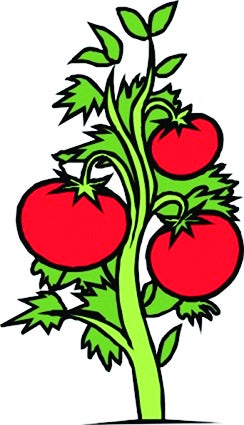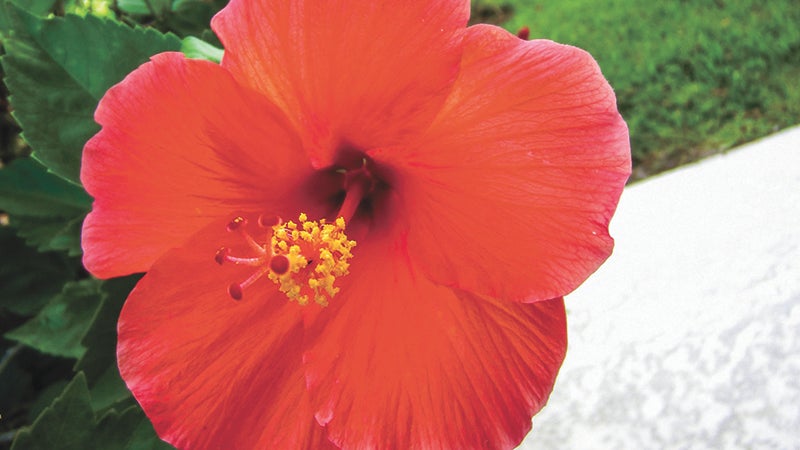OUT IN THE YARD: It’s time for bird feeders
Published 10:19 pm Saturday, November 19, 2016
As winter approaches, now is a good time to look around your garden and check to see if you need to add bird feeders for our feathered friends.
Winter can be a hard time for songbirds, so make sure your feeders are full. You may want to add one or two.
When we think of bird feeders, we also think about squirrels, right? Well, I have finally found a squirrel-proof feeder. It is a cylinder covered by a round cage. I got it online from GardenersSupply.com. It is only good for little birds like finches and sparrows. Cardinals, blue jays, doves, etc, cannot get through the cage, but it provides plenty of food for the smaller ones.
The squirrels will try to get in, of course. They have provided me with many hilarious moments as I watch their acrobatics while they do their best to figure it out.
The most common food for this type of feeder is black oil sunflower seeds.
There are others on the market, so try them out if you wish. You may find that you attract different birds with different food.
For larger birds, a platform feeder works well.
This is a wooden frame that holds blocks of suet. The feeder has a small platform for the birds to perch on while they eat.
Food blocks can be purchased or you can make your own with lard, berries and peanut butter.
Feeders are best hung on shepherd’s hooks, poles or other upright structures as opposed to hanging them in trees where cats can hide.
They can and should, however, be placed near a tree so the birds have a place to check out the area for safety before landing on a feeder.
Provide a water source for all species of birds.
Some species such as mockingbirds and robins will not come to a feeder because they dine on insects and worms, but they will still come to water.
An area of sand, gravel or crushed eggshells for birds to eat is especially helpful. Birds need this material in their gizzards to assist in digestion.
Shrubs and trees provide protection and a place to nest. Concentrate on native plants that birds will automatically be attracted to.
Hummingbirds are migratory and will be back in our area next spring. At that time, hang your nectar feeders and be sure to have plenty of flowering plants that will attract them. Honeysuckle, salvia, plumbago, petunias and lantana are always good choices.
For more information, contact Micah Leigh, Jefferson County Master Gardener, at mkleigh64@gmail.com or call Texas A&M AgriLife Extension Service at 409-835-8461.



